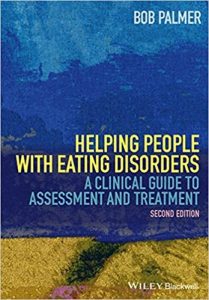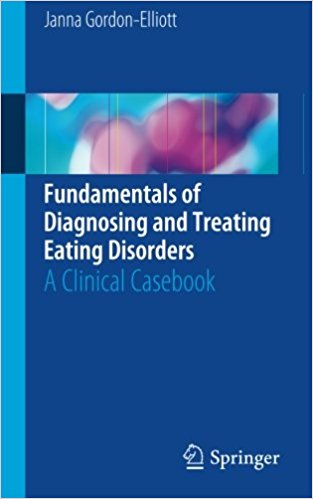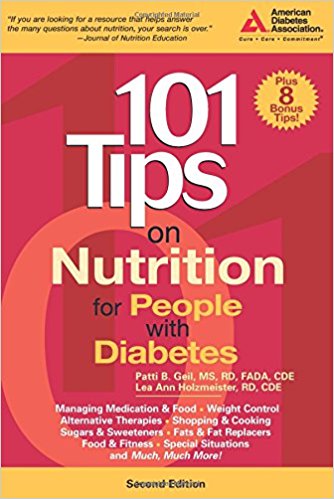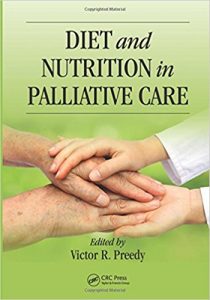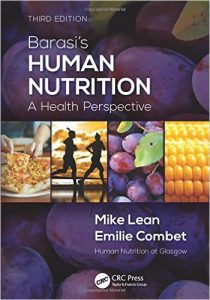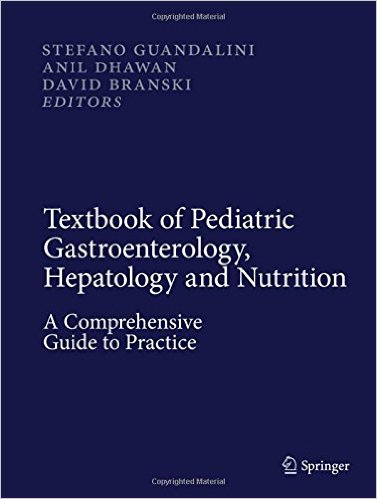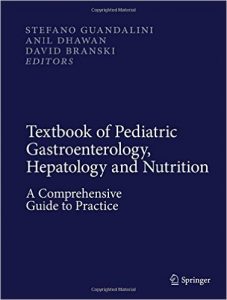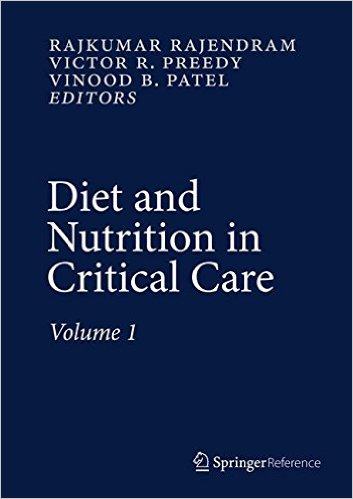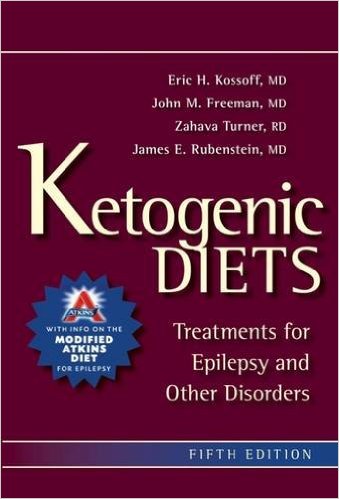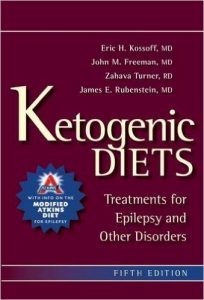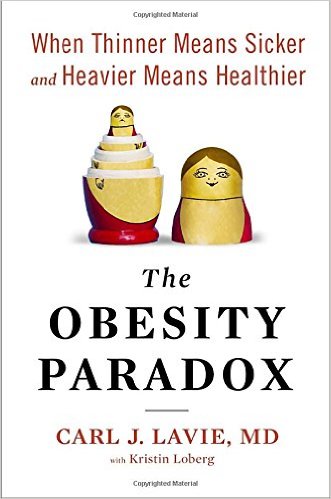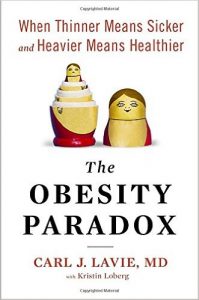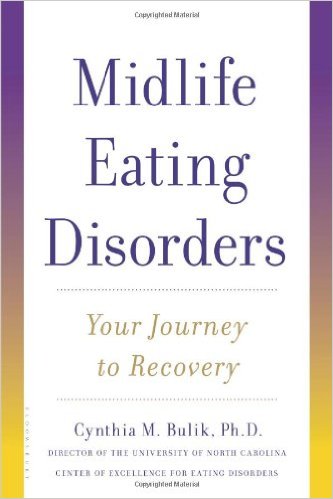
[amazon template=iframe image2&asin=1461478375]
Finding all the information necessary to treat or meet the nutritional requirements of patients who are severely ill or establish new protocols has historically been problematic. This is addressed in Diet and Nutrition in Critical Care. This major reference work encapsulates the latest treatments and procedures to meet the dietary and nutritional needs of the critically ill. Where evidence is available this is presented. However, where evidence is absent, the authors highlight this and provide guidance based on their analysis of other available data and their clinical experience. Diet and Nutrition in Critical Care is a two volume set which addresses the needs of all those concerned with diet and nutrition in the critically ill and covers General Aspects, Enteral Aspects, and Parenteral Aspects. Each volume is stand alone and is further divided into separate sections. The Sections in the General Aspects are:
General conditions in the severely ill
General metabolic effects and treatments
Assessment protocols
General nutritional aspects
Specific nutrients
Adverse aspects
The next two volumes Enteral Aspects and Parenteral Aspects contain the following sections:
General aspects and methods
Specific nutrients
Specific conditions
Adverse aspects and outcomes
Comparisons or dual parenteral and enteral support or transitions Preclinical studies
The authors recognise the limitations in simplistic divisions and there is always difficulty in categorising treatment regimens. For example, some regimens involve transitions from one feeding protocol to another or the development of co-morbid conditions and in some cases enteral support may be supplemented with parenteral support. This complexity however, is addressed by the excellent indexing system. Contributors are authors of international and national standing, leaders in the field and trendsetters. Emerging fields of
science and important discoveries relating to artificial support will also be incorporated into Diet and Nutrition in Critical Care. This volume represents a one stop shop of material related to enteral and parenteral support and is essential reading for those specialising in intensive and critical care, dietitians, nutritionists, gastroenterologists, cardiologists, pharmacologists, health care professionals, research scientists, molecular or cellular biochemists, general practitioners as well as those interested in diet and nutrition in general.
DOWNLOAD THIS BOOK FREE HERE
http://upsto.re/AvGdSgc

